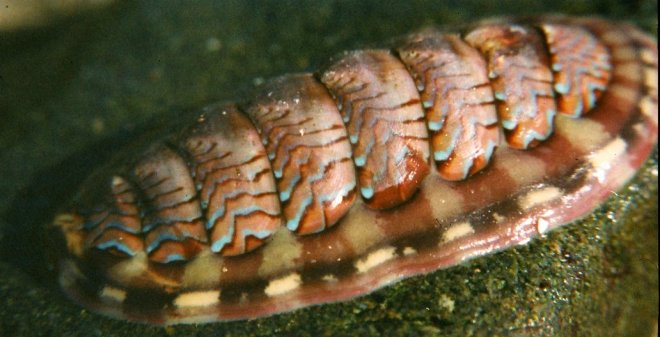
Laboratory mice are special breeds of house mice and are used in many scientific experiments because of their close mammalian relationship to humans. Compared to larger mammals, mice and other rodents are small, easy to handle, inexpensive to house, and breed quickly. During the late 20th Century (and on into the current century), scientists bred different strains of mice with genetic deficiencies in order to produce models for human diseases.





You must be logged in to post a comment.